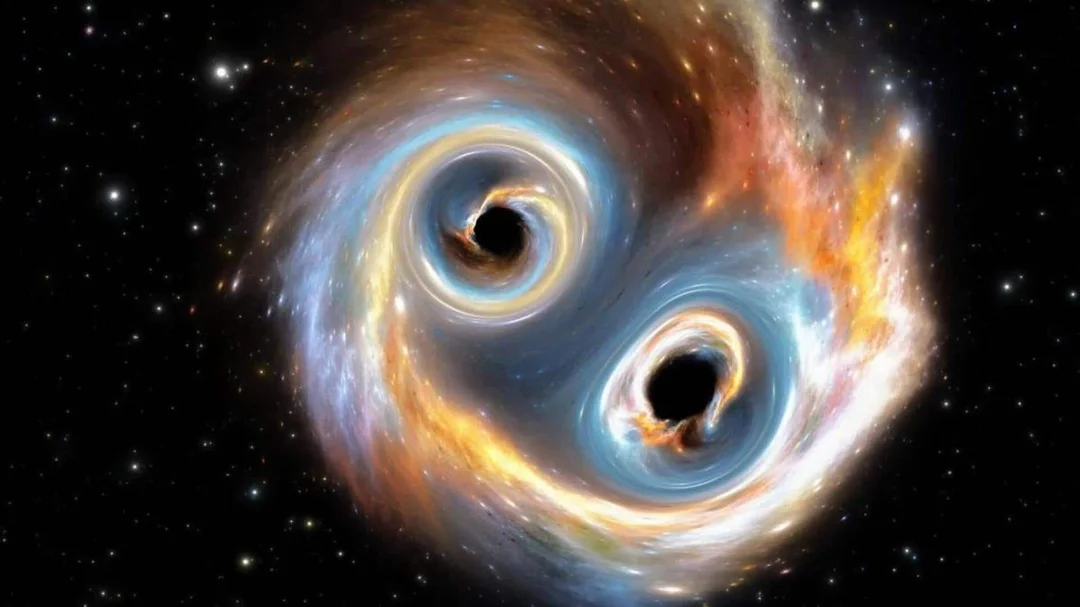
Black Hole Interactions Reveal Universe’s Hidden Mathematical Structures
Scientists have achieved a breakthrough in predicting the behavior of black holes during interactions, uncovering a surprising link between these cosmic events and abstract mathematical concepts. This discovery, detailed in a recent issue of Nature, demonstrates that the complex interactions of black holes can illuminate the hidden mathematical structures governing our universe and opens new avenues for understanding gravitational waves.
The research focuses on scattering events, where two black holes pass closely without merging. Unlike merger events, scattering allows scientists to study the gravitational waves produced as the black holes' immense gravity distorts space-time. These waves, ripples in the fabric of space-time, were first predicted by Albert Einstein and directly observed in 2015, providing a new lens through which to examine cosmic phenomena.
Traditionally, modeling these interactions required significant computational power, relying on supercomputers to fine-tune black hole trajectories. However, a team from Humboldt University, led by Mathias Driesse, adopted a novel approach based on quantum field theory. This method, typically used to describe interactions between elementary particles, allowed the researchers to model black hole flybys with unprecedented accuracy. Their model reaches the fifth post-Minkowskian order, representing the highest level of precision achieved thus far.
A key finding from this study involves the emergence of Calabi–Yau manifolds in the equations describing the energy radiated as gravitational waves. These complex, six-dimensional shapes have long been a fixture of string theory and are believed to unify quantum mechanics with gravity. The appearance of such intricate mathematical structures suggests a deeper connection between abstract mathematics and the physical processes governing black hole interactions.

According to Gustav Mogull, a co-author of the study and a physicist at Queen Mary University of London, this marks the first time these shapes have emerged in a context that can be potentially tested through real-world experiments. He describes it as shifting from using a magnifying glass to a microscope, unveiling patterns and features previously obscured.

The implications of this research are substantial. Accurate models of gravitational waves are essential for interpreting data from detectors like LIGO and Virgo, and will become increasingly crucial as next-generation instruments such as the Laser Interferometer Space Antenna (LISA) and the Einstein Telescope come online. The increased precision offered by this research will help scientists more effectively study the dynamic and enigmatic phenomena occurring in the cosmos.
Researchers believe that the appearance of Calabi–Yau manifolds in these calculations suggests that nature is built on deeper, more complex mathematical foundations than previously realized. The discovery invites further exploration into how abstract mathematical constructs relate to observable physical phenomena.
What other hidden mathematical structures might be revealed through the study of black holes and gravitational waves? Share your thoughts and perspectives in the comments below.